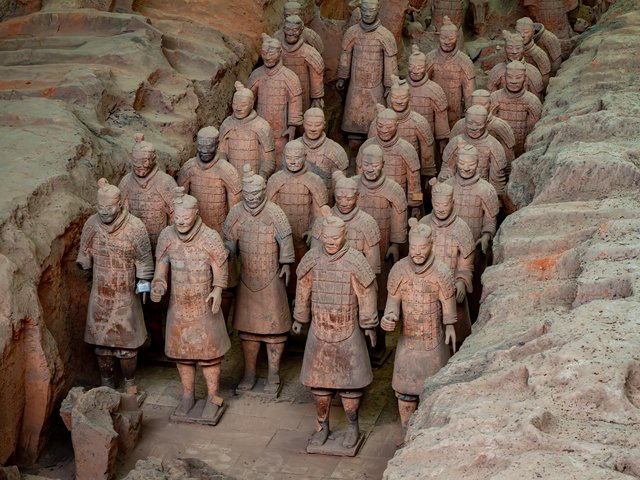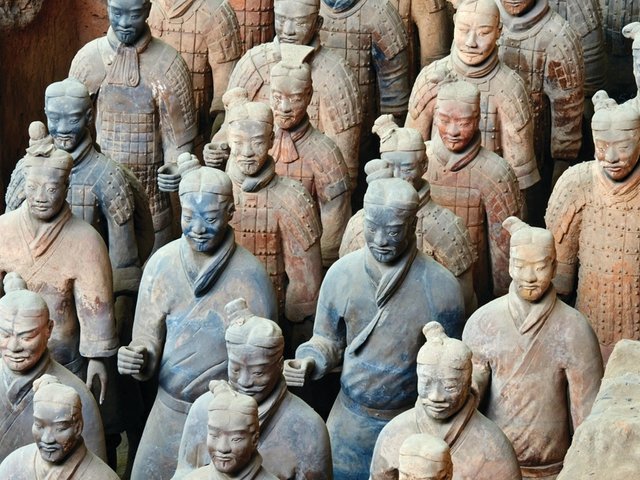Eight Chinese terracotta soldiers that form the centrepiece of an exhibition which opened on 25 November at the Völkerkundemuseum in Hamburg are fakes, according to Chinese authorities.
The show, “Power in Death: the Terracotta Army of the First Emperor of China”, was expected to attract record visitor numbers to the museum. But officials in Beijing and Xi’an, where the terracotta soldiers were found in 1974, said they had not authorised the display of the terracotta figures in Hamburg or their export to Germany. The Chinese Ministry for the Administration of Cultural Assets has concluded that the artefacts must be fakes.
“There appears to be a problem with copyright protection here,” said a spokesperson from the ministry. “At present we have no exhibition with terracotta soldiers in Germany. We aren’t involved in any way.”
A spokesperson from the local ministry for cultural assets in the old royal city of Xi’an issued a similar statement. The only show currently sanctioned is at the British Museum in London, said the spokesperson. “If there was one in Germany then we would have known about it because they would have to get approval from us.”
A further indication that the statues are fakes is the fact that they had been shipped to Germany. “They are always sent by plane because it is safer,” said a spokesperson from Xi’an.
Doubts had arisen in Germany as to the statues’ authenticity even before the statements from China. Art dealer Roland Freyer, formerly of the Center of Chinese Arts and Culture (CCAC) in Leipzig, which co-organised the show, alerted the authorities after he claimed to have proof that the eight soldiers were fakes.
The Völkerkundemuseum has sought clarification from the CCAC, and has meanwhile put up signs warning visitors that the warriors may not be authentic.
Originally appeared in The Art Newspaper as 'Fake terracotta warriors?'



